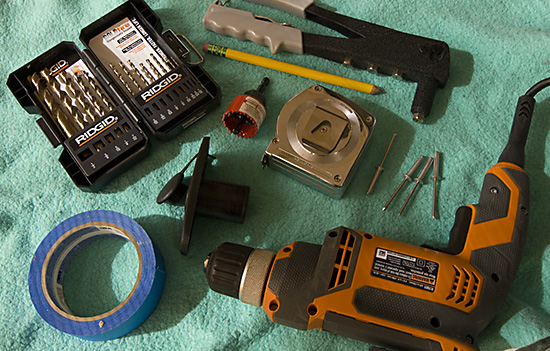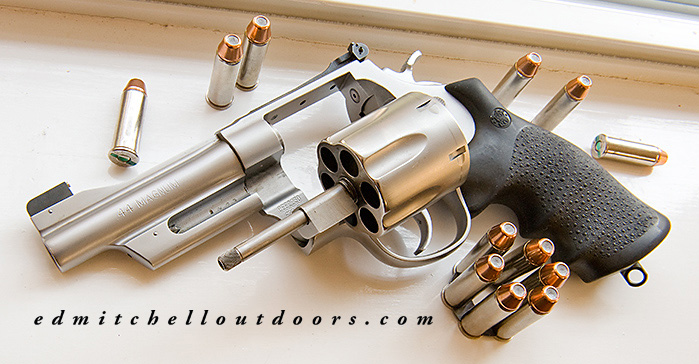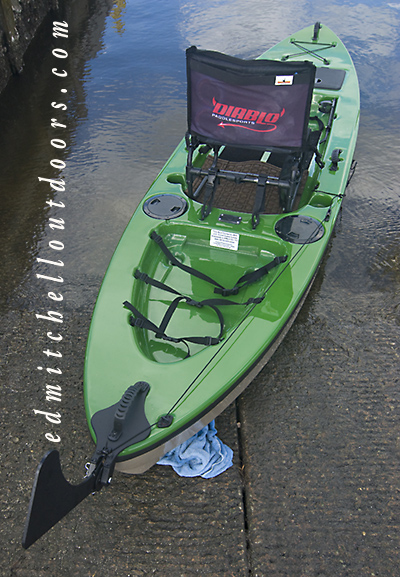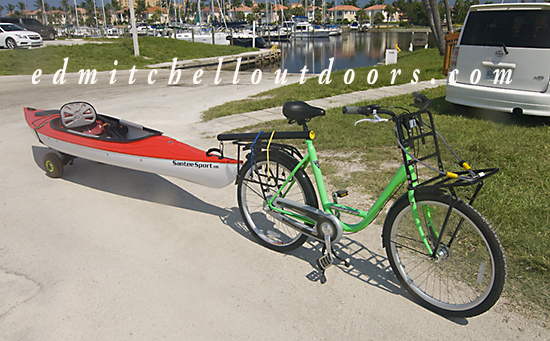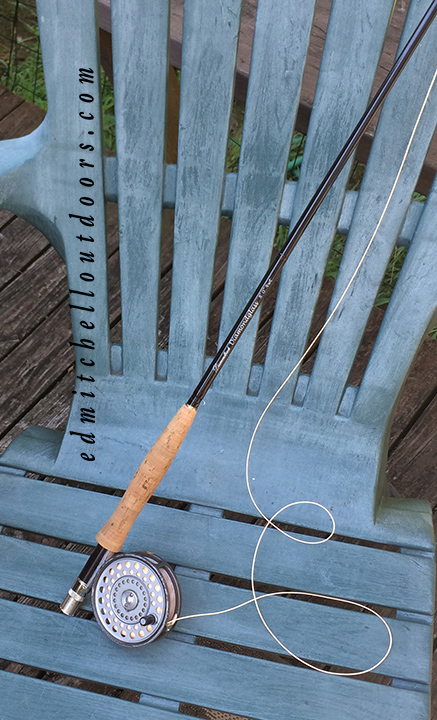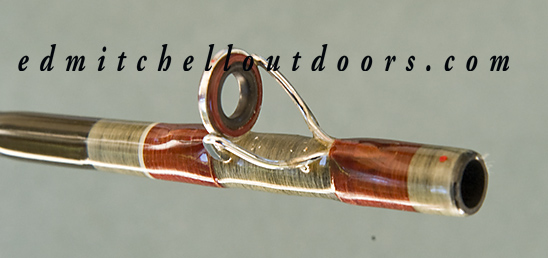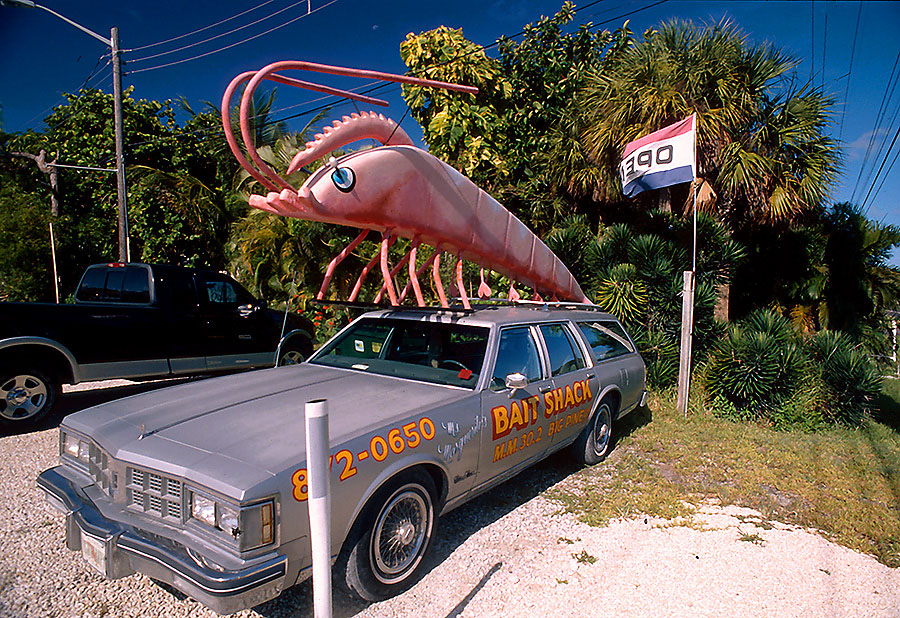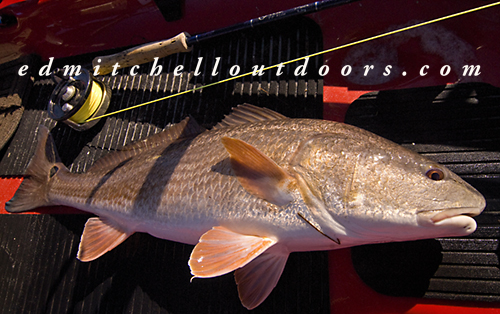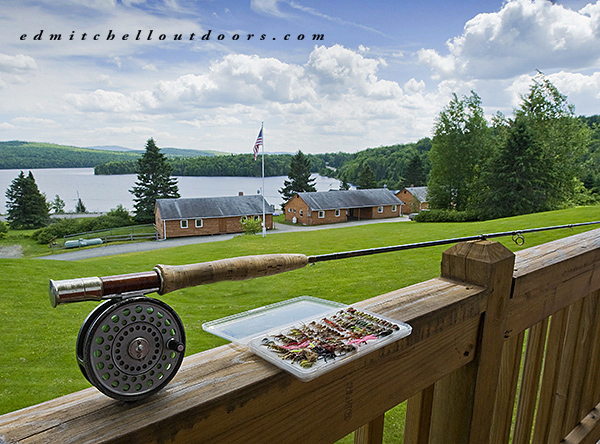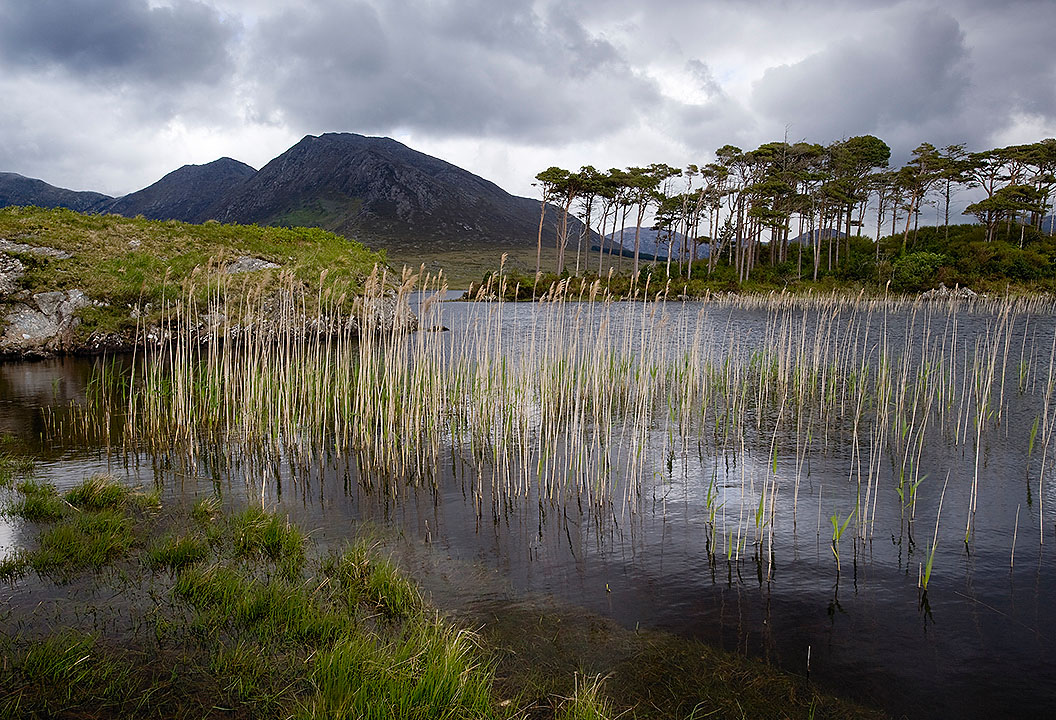
-

Current Moon Phase

Waning Gibbous Moon The moon is currently in Leo The moon is 18 days old -
Recent Posts
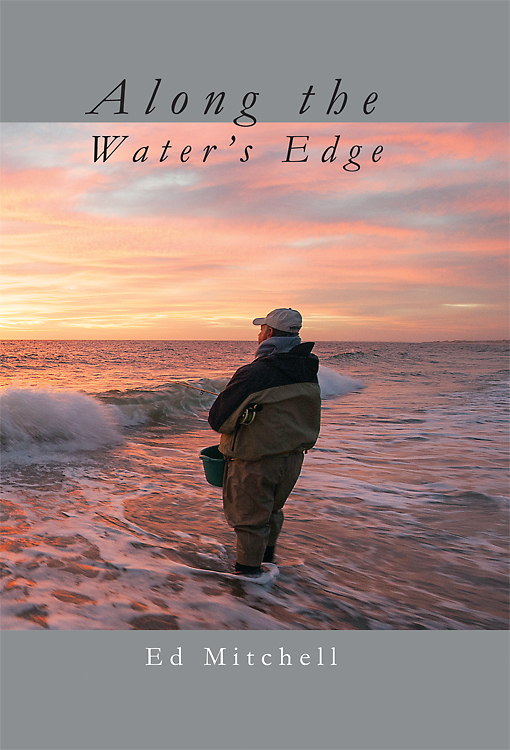
Along the Water's Edge
Categories
- Angling Books
- Artwork
- Bonefishing
- Diablo Adios & Chupacabra
- Environment
- Fiberglass Fly Rods
- Firewater
- Flies and Fly Tying
- Fly Fishing in Freshwater
- Fly Fishing in Salt Water
- Fly Fishing on a Boat
- Fly Fishing On the Beach
- Fly Reels
- Fly Rods
- Gear
- Ireland
- Kayak / SUP Fishing
- Looking Downward
- Looking Upward
- On the Road
- Outdoor Writing
- Photography
- Shooting Sports
- Tailing Redfish
- Uncategorized
- Wild Things
Archives
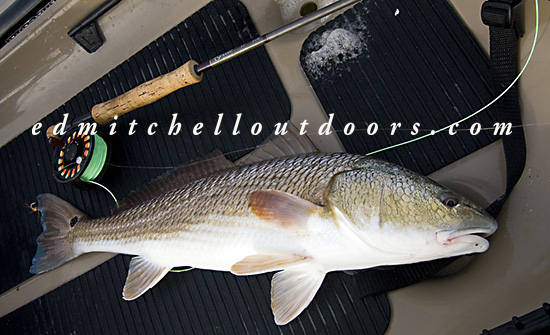
6WT Fly Rod Red
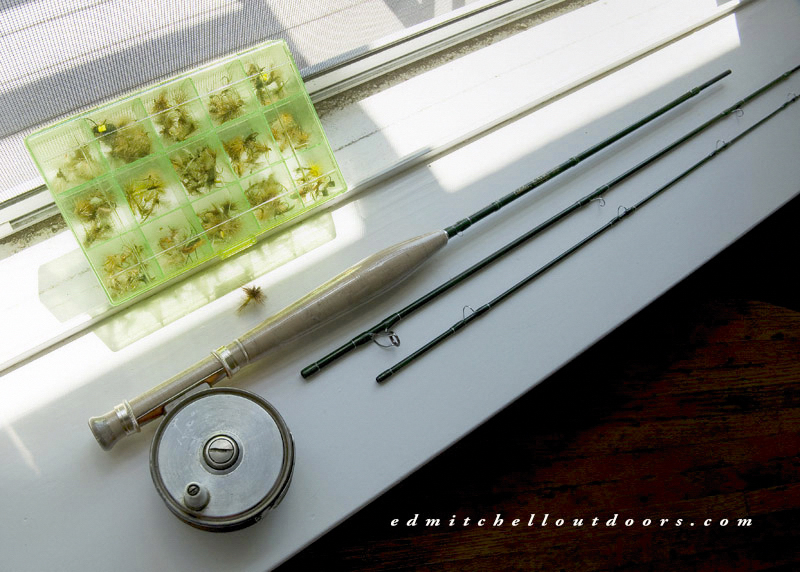
Fiberglass Fly Rod
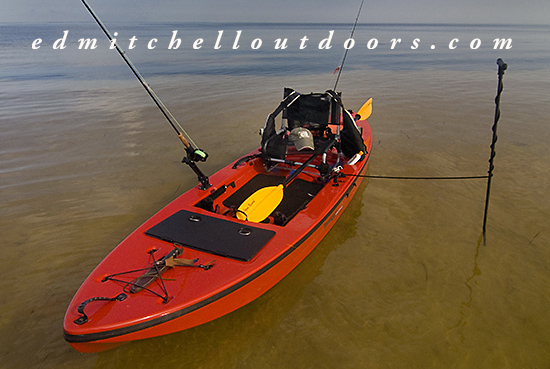
My Trusty Adios SOT-SUP

Striper in the Surf

Yellow House Eyeries Ireland
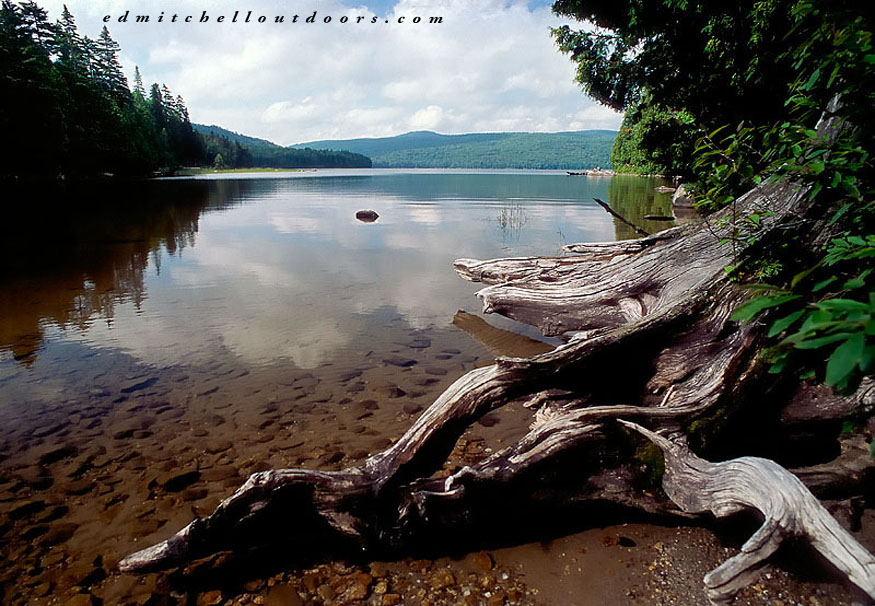
Little Averill Pond
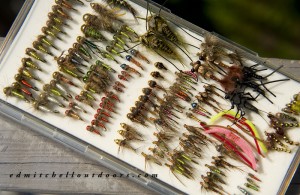
Bead Head Caddis Pupae
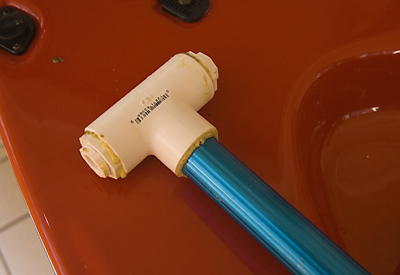
DIY Kayak Push Pole

Dean's Blue Hole
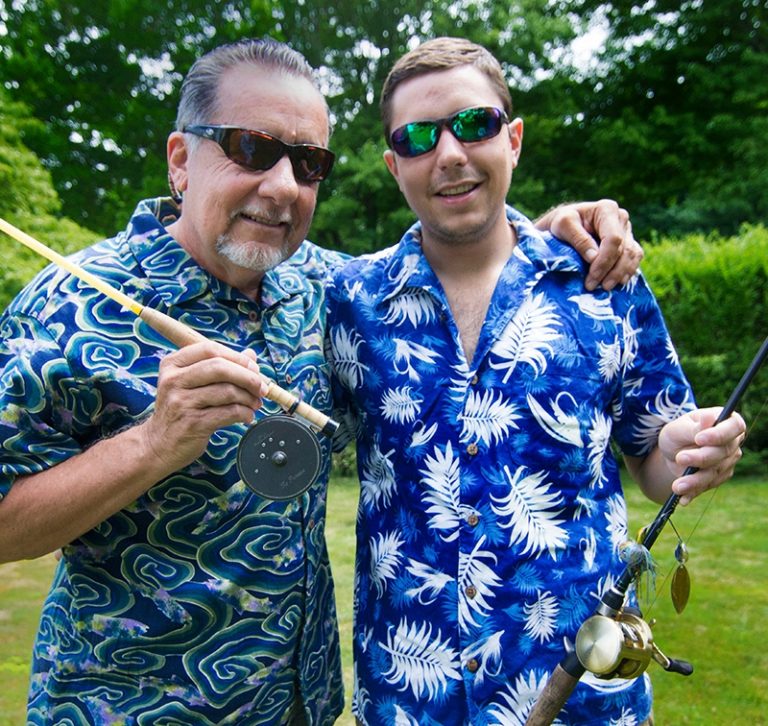
Father and Son Anglers

God's County
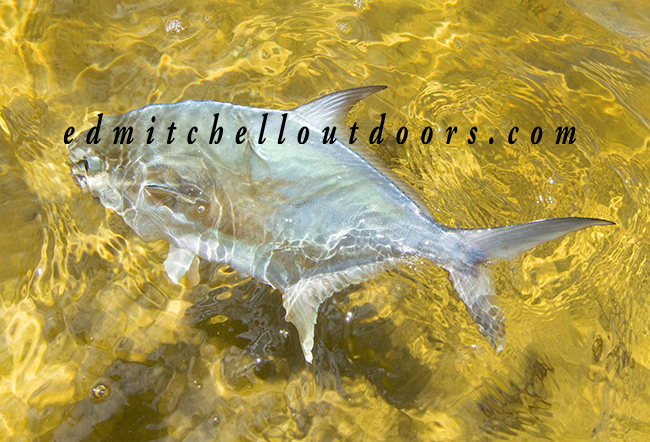
Pompano on a Fly

Crab Fly
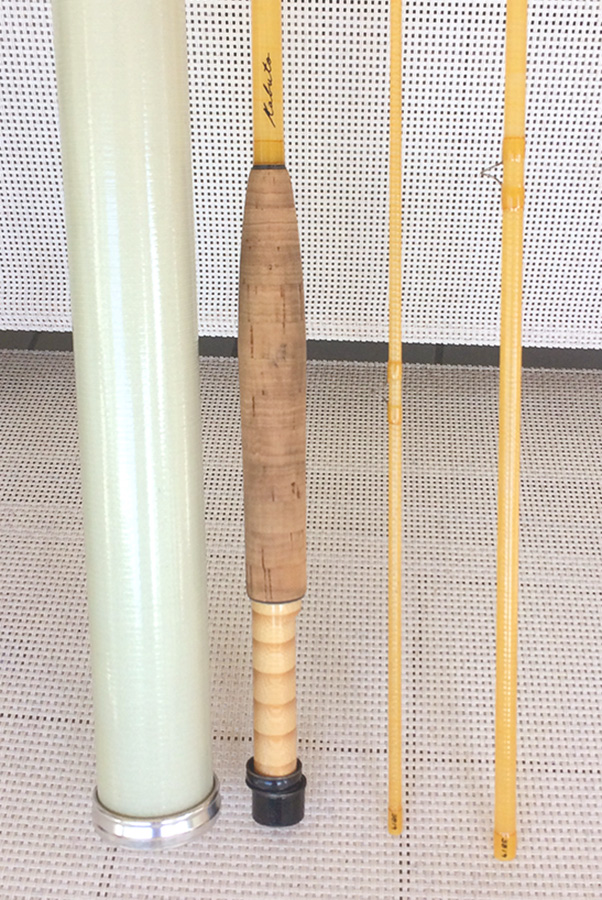
A Kabuto Fly Rod
A Kayak in a Pickup Needs a Flag
A Kayak in a Pickup Needs a Flag
Does your kayak extend out the back of your pickup truck? Man, put a bright colored flag on the far end. Or the knucklehead behind you is going to slam right into it at the next stoplight. It happens all too often.
Posted in Kayak / SUP Fishing
Leave a comment






